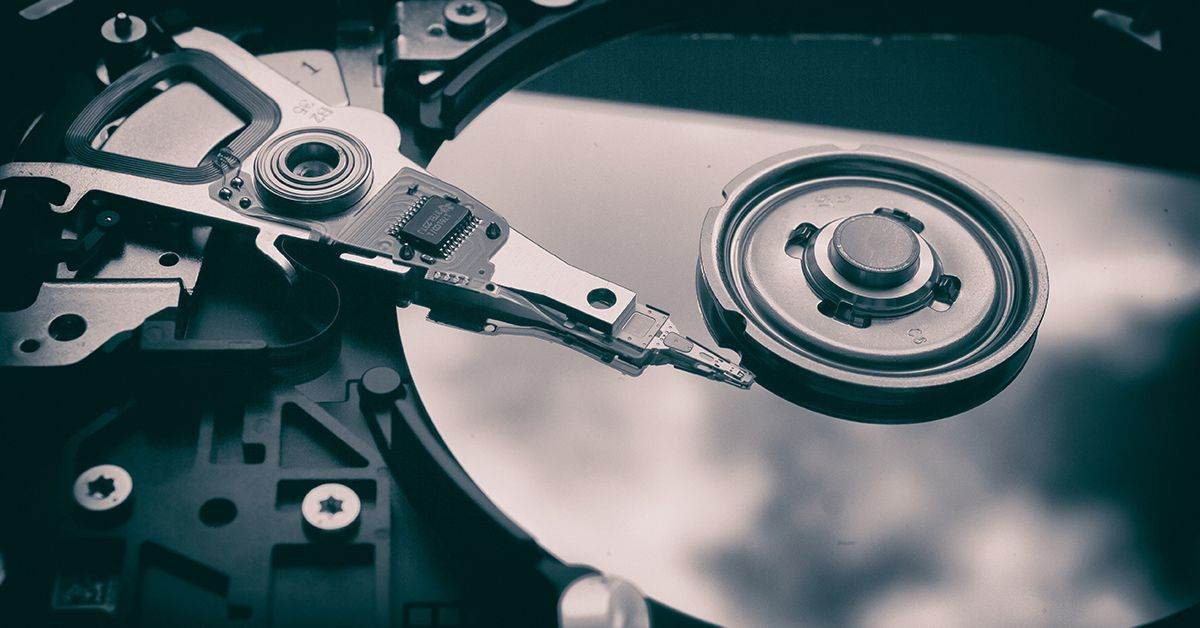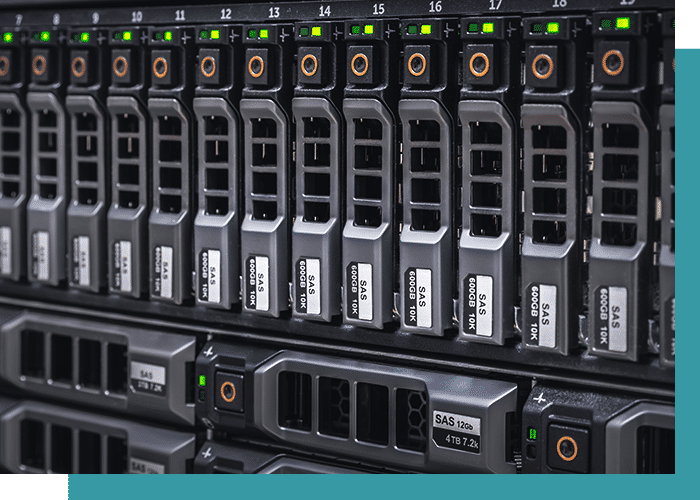
Migrating Legacy Tapes to New Backup Software: Factors to Consider
September 17, 2021
Total Data Migration
Maintaining a legacy archive can be expensive and inefficient, especially when legacy tapes use outdated backup software. Nevertheless, many enterprises retain their legacy systems for years — or even decades — after switching to a new software solution.
This can be costly; staff need to receive training for both the new and the legacy backup system, and enterprises must pay for software licenses to ensure data access. License fees can quickly add to overall maintenance costs.
There’s another important factor to consider: Legacy backup software might be functional, but it’s rarely efficient. Finding specific data can be difficult and costly if the system isn’t searchable or if it restores the target files to an undesirable format. On a file-by-file level, this is a minor issue, but if an enterprise needs to restore data from a set of tapes, the costs can quickly grow.
A better solution is to fully migrate your archives to ensure compatibility with your current backup solution. Converting data carries a one-time cost, and it’s far less expensive over time than maintaining two separate backup systems.
There’s another important factor to consider: Legacy backup software might be functional, but it’s rarely efficient. Finding specific data can be difficult and costly if the system isn’t searchable or if it restores the target files to an undesirable format. On a file-by-file level, this is a minor issue, but if an enterprise needs to restore data from a set of tapes, the costs can quickly grow.
A better solution is to fully migrate your archives to ensure compatibility with your current backup solution. Converting data carries a one-time cost, and it’s far less expensive over time than maintaining two separate backup systems.

Before migrating tapes, plan out the process.
When switching backup solutions, the typical process for tape migration is fairly straightforward (though as we’ll discuss, no two projects are exactly the same). The legacy backups are restored to a new location, then transferred onto new media with the current backup software.
Of course, enterprises upgrade their backup solutions for sound reasons: The “new" software may offer different features and settings that are advantageous to the enterprise’s backup strategy, and legacy data may be fundamentally incompatible with the new software.
Interpreter solutions are available to translate settings between certain popular software products, but this isn’t always the case. Using those interpreters can also be extremely difficult, even for experienced IT administrators.
It’s important to plan the process thoroughly, mapping out the data structure and identifying problems that could prevent efficient data access in the future. An experienced tape migration specialist can be instrumental in proper planning — and tape specialists will be able to anticipate bottlenecks more effectively, keeping the project on track and within budget.

Migrated tapes need to be checked thoroughly when backup software changes.
As we mentioned earlier, no two migration projects are identical — without proper checks, conversion can put data at risk. Legacy media can fail and backup structures may be incompatible with your current software. Don’t trust a single evaluation to find all issues: Every tape and set should undergo testing to ensure that your files are accessible when you need them.
While some enterprises assign migration to their IT staff, the safer option is to work with an experienced data migration partner. This avoids overwhelming staff with the substantial responsibilities of migration and testing — and in many cases, outsourcing the work can be less expensive and more secure.
Tape migration experts have the resources to work with legacy media and backup solutions. They can also address data loss issues and ensure that the converted data is fully usable and compatible with your current system. Finally, tape migration professionals can ensure conformance with data security standards, which is a crucial consideration for enterprises in every industry.

Migrate to modern tape formats when switching backup solutions.
If you’re migrating tapes to a new backup solution, you should also consider upgrading to newer formats, particularly if your current solution utilizes a different type of cartridge than the legacy archives. Migrating to a modern format can have significant advantages:
- The recently released LTO-9 format boasts a 45 terabyte (TB) compressed capacity. Migrating legacy tapes can limit your archives' physical footprint.
- Current generation formats have transfer speeds of up to 1000MB/sec (compressed), reducing access times significantly. Modern formats can also utilize advanced filesystems like LTFS that allow near-immediate access to individual files within an archive.
- Legacy tape hardware may be unsupported and difficult to source. Enterprises that work with current-generation formats can plan more effectively for hardware maintenance and purchasing.
Switching to a new backup program can be extremely complicated, but it's an important process, since newer solutions make data more searchable and can improve efficiency. Enterprises should always work with a data migration expert that has relevant experience.
Total Data Migration provides migration services for every cartridge format and backup software system. By combining our decades of expertise with thorough documentation and a commitment to data security, we can provide the guidance you need to keep your project on track and within budget.
Contact us at (800) 460-7599 to schedule a free consultation or click below for email contact info.
